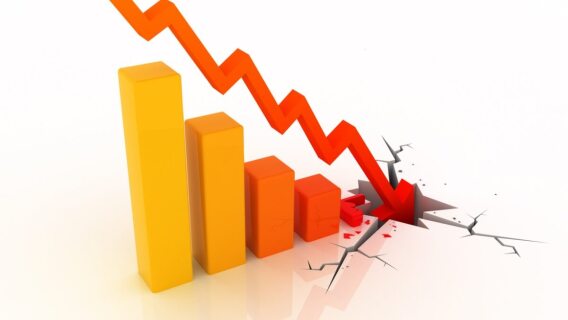Let me first say that, as a student of market history, I’m usually a pretty big fan of using precedent analysis to gain insight into what the market may or may not do—because human nature doesn’t change, similar patterns repeatedly play out over the decades, so understanding the past is frequently a help (both in the market, and in life).
Admittedly, this time around, the situation is a bit unique; there simply haven’t been past examples of worldwide “forced recessions” due to a pandemic. Even so, we have seen many crash-type environments, and by looking at some historic market crashes we can get an idea as to what kind of upmove is normal for a bounce … and what sort of strength might be telling us the buyers are really stepping up. Let’s run through three examples and see what insight they can give us.
3 Historic Market Crashes
[text_ad]
First, let’s take a gander at 1998, when the market imploded due to global currency issues and (eventually) the blow-up of Long Term Capital Management; the Nasdaq’s first leg down saw it lose nearly 28% into late August. From there, the Nasdaq recouped 53% of its decline, but bumped into its declining 50-day line and our Cabot Tides market timing indicator never turned positive. It then retested (undercut) its low a couple of weeks later before getting going.
Second is the 1987 stock market crash, which might be the most similar to the current environment—from its early-October peak, the S&P 500 imploded 34% in a matter of days. Interestingly, the bounce was pretty pathetic; the S&P recouped just 38% of its crash, couldn’t even approach its 50-day line and, of course, the Tides never turned positive. The retest came in early December before a choppy advance ensued.
Last, let’s look at 2011, which saw the Nasdaq fall 20% in just over a week. The action after that was incredibly volatile, but the bounce before the retest recouped 56% of the decline, ran into resistance near the falling 50-day line and, again, the Tides never turned positive.
What Previous Crashes Tell Us
Obviously, there are many other examples we could go through, but looking at these and other waterfall-like declines, a pre-retest bounce often will see the major indexes recoup 40% to 55% of their prior declines. However, it’s rare for the Tides to turn positive during that recouping period, and the 50-day line often provides resistance.
What does this history lesson mean for today? Basically it means if the market can exceed the above metrics, it would be telling us this rebound is something unique—if the Nasdaq, say, recoups more than 55% of its crash decline (above 8,400), exceeds its 50-day line (currently 8,490 and falling) and our Tides turn green, it would be a clue that there might not be a retest. Obviously, there are no exacts when it comes to these guidelines, but they’re metrics we’ll be watching in the days to come.
*Editor’s Note: This post was excerpted from the latest issue of Cabot Growth Investor. To subscribe, click here.
[author_ad]

